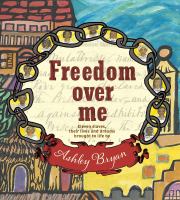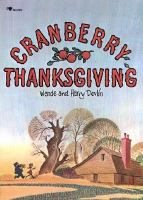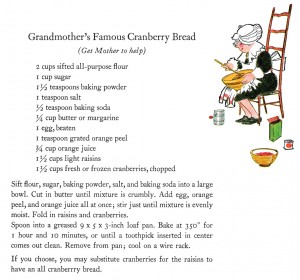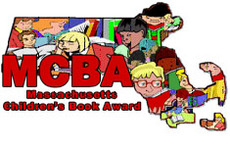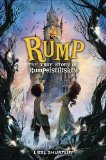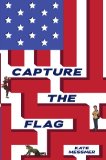Massachusetts Children’s Book Award
 Once again, we will be promoting the nominees for the Massachusetts Children’s Book Awards (MCBA) during the 2017-2018 school year at DCD. Even though I’ve written about this program before, I would like to explain it to parents who have never had a fourth, fifth, or sixth grader who is participating. This voluntary reading incentive program has become a popular event for many students. Started by Dr. Helen Constant in 1975, it is administered through Salem State University. Twenty-five books are nominated for the award, and our voting for the DCD favorites will take place in late winter.
Once again, we will be promoting the nominees for the Massachusetts Children’s Book Awards (MCBA) during the 2017-2018 school year at DCD. Even though I’ve written about this program before, I would like to explain it to parents who have never had a fourth, fifth, or sixth grader who is participating. This voluntary reading incentive program has become a popular event for many students. Started by Dr. Helen Constant in 1975, it is administered through Salem State University. Twenty-five books are nominated for the award, and our voting for the DCD favorites will take place in late winter.
There are many obvious benefits to reading along with us for the next few months. Students are often introduced to authors who are unknown to them before this, and they return looking for other books by them. Some of the authors, like Liesel Shurtliff and Tom Angleberger, are already favorites of many intermediate readers. An important benefit that may not be obvious is that our readers become critics. They learn how to evaluate literature through plot, characters, and interest, and they have fun doing so. Throughout the next few months, I’ll highlight some of the nominated titles. Links to the reading lists and our required journal pages can be found on our DCD Library page. From time to time, I’ll be reviewing some of the titles under consideration for the award. So…let me write about one today.
 Fish in a Tree by Lynda Mullaly Hunt (2015) falls into the genre of realistic fiction. Readers can easily relate to the contemporary characters. Ally struggles in school, and her older brother is sorry that he can’t help her because academics aren’t his strength either. She doesn’t want to bother her mother because her father is on active duty overseas, and her mother has enough worries. A new teacher understands that Ally isn’t really a troublemaker, but she is a creative girl who learns differently. My favorite quote in the book is, “Everybody is genius. But if you judge a fish by its ability to climb a tree, it will live its whole life believing that it is stupid.”
Fish in a Tree by Lynda Mullaly Hunt (2015) falls into the genre of realistic fiction. Readers can easily relate to the contemporary characters. Ally struggles in school, and her older brother is sorry that he can’t help her because academics aren’t his strength either. She doesn’t want to bother her mother because her father is on active duty overseas, and her mother has enough worries. A new teacher understands that Ally isn’t really a troublemaker, but she is a creative girl who learns differently. My favorite quote in the book is, “Everybody is genius. But if you judge a fish by its ability to climb a tree, it will live its whole life believing that it is stupid.”
